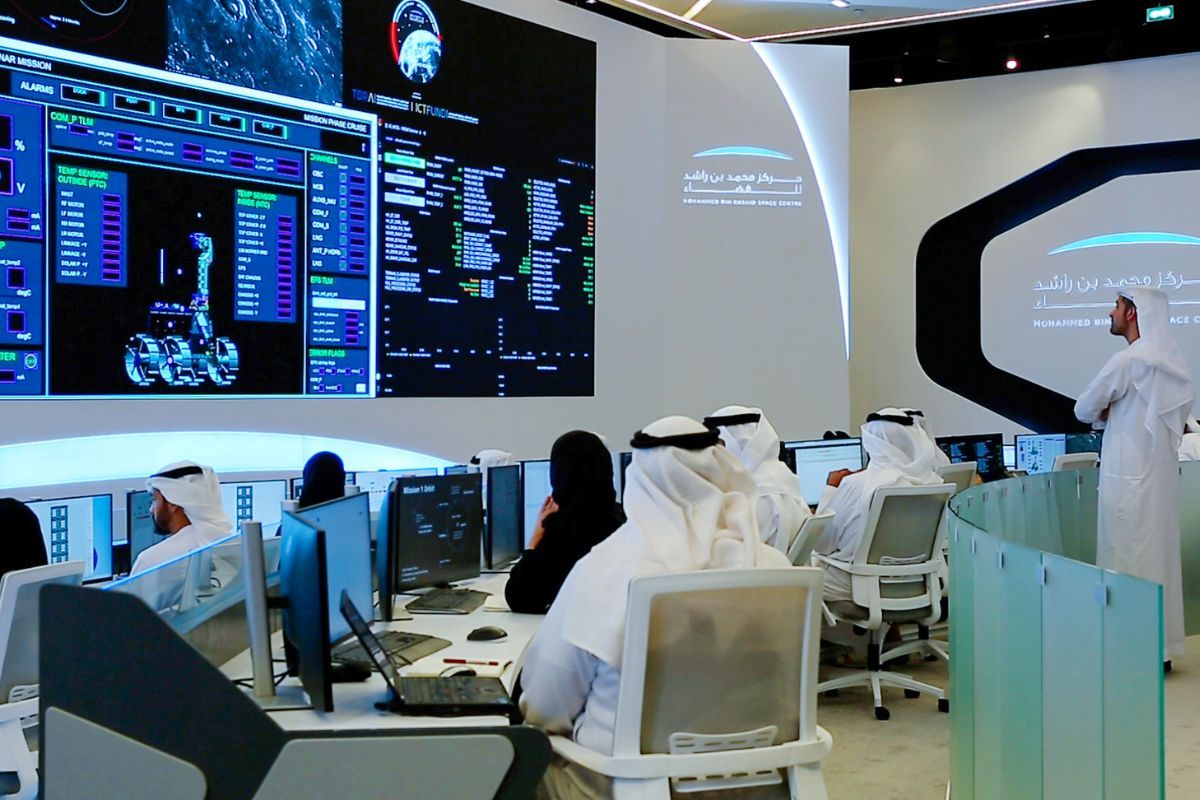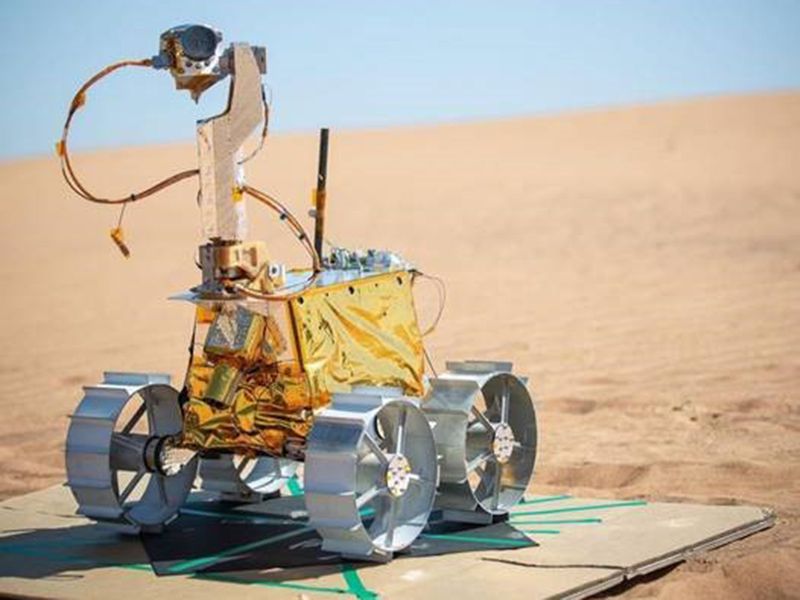

However, the persistent loss of contact suggested that the lander was likely damaged or destroyed upon impact.

Ispace’s mission control team shared the last telemetry during the webcast, indicating that the spacecraft descended at 33 kilometres per hour from an altitude of 295 feet. One such payload was the Rashid Rover built by UAE’s Mohammed Bin Rashid Space Centre. The lander was also set to deploy two mini-rovers for surface exploration, while other payloads would have carried out publicly- and privately-financed scientific experiments. It was programmed to land in the northeast quadrant of the moon’s near side, at the 87 kilometres wide Atlas Crater. The robotic probe was designed to test the technologies and procedures for commercial supplies to the moon’s surface. It traced an unhurried low-energy trajectory to lunar orbit. Hakuto-R, named after the mythical white rabbit on the moon, was launched into space in December 2022 aboard a SpaceX Falcon 9 rocket. Despite this setback, Hakamada said they would continue their lunar quest and try again. ispace CEO Takeshi Hakamada confirmed that they could not complete the landing, and ground controllers in Tokyo tried to re-establish communications, but to no avail. However, during the final stages of the mission, the lander went out of contact and was presumed lost. A lunar lander developed by Japanese startup iSpace, named Hakuto-R, descended to the moon’s surface after a journey of several months.


 0 kommentar(er)
0 kommentar(er)
